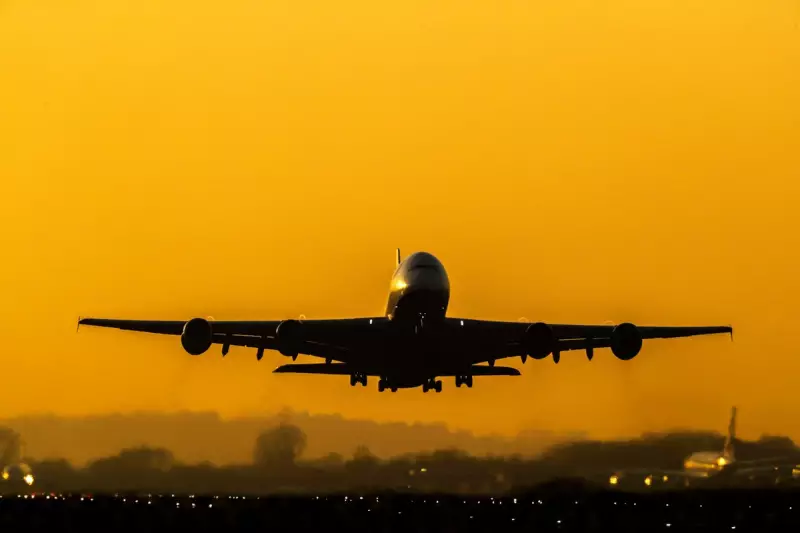
In a bid to tackle climate change and improve on-time performance, airlines are embracing a surprising strategy: flying slower. New research reveals that carriers are adjusting speeds and optimising flight paths to cut carbon emissions while maintaining efficiency.
The Slow-Flight Revolution
Contrary to the industry's traditional 'faster is better' approach, airlines are discovering that reducing speeds by just 2% can lead to significant fuel savings. This 'slow flying' technique not only lowers emissions but also improves punctuality by allowing more accurate arrival time predictions.
How It Works
The process involves:
- Precisely calculating optimal speeds for each flight segment
- Using advanced weather data to identify the most efficient routes
- Adjusting for wind patterns to maximise fuel efficiency
Beyond Speed: Other Green Initiatives
Airlines are implementing additional measures to reduce their environmental impact:
- Weight reduction: Lighter materials and optimised catering loads
- Improved taxiing: Single-engine taxi procedures on runways
- Continuous descent: Smoother landing approaches that save fuel
The Punctuality Bonus
These efficiency measures come with an unexpected benefit: better on-time performance. By building more realistic flight times into schedules and reducing the need for fuel-guzzling speed adjustments, airlines are seeing improved reliability metrics.
The aviation industry's shift towards more sustainable operations demonstrates that environmental responsibility and operational efficiency can go hand in hand, potentially changing how we think about air travel in the climate-conscious era.





